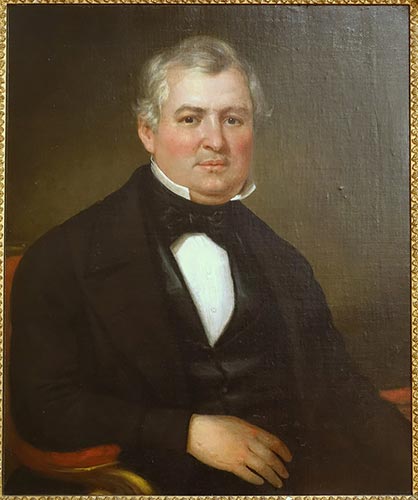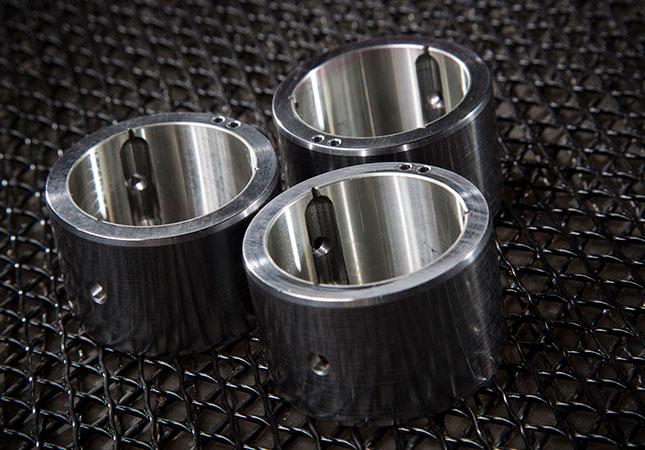History of Babbitt Bearings
While most of us are familiar with bearings and what they are used for, babbitt bearings are less well known. To get a good feel for what babbitt bearings are, let's go back to the beginning.
 Babbitt metal is an alloy (a mixture of metals that provides greater strength and corrosion resistance). The original babbitt metal was invented in Taunton, Massachusetts in 1839 by Isaac Babbitt. This metal was originally created to be used in steam engines. Babbitt kept most of his recipes for babbitt metal a secret, however, he did disclose one recipe during his lifetime. Other formulas for variations of babbitt metal were developed over time.
Babbitt metal is an alloy (a mixture of metals that provides greater strength and corrosion resistance). The original babbitt metal was invented in Taunton, Massachusetts in 1839 by Isaac Babbitt. This metal was originally created to be used in steam engines. Babbitt kept most of his recipes for babbitt metal a secret, however, he did disclose one recipe during his lifetime. Other formulas for variations of babbitt metal were developed over time.
Today, babbitt metal is most commonly found used as a thin surface layer to provide resistance to galling (wear caused by adhesion between surfaces that slide together). Babbitt metal is typically thought to be soft, and therefore easily damaged. This suggests that babbitt metal would be unsuitable as a bearing surface. However, babbitt metal is composed of small, hard crystals that are scattered throughout the soft metal, thus making it a metal matrix composite (one part metal, the other part being another metal, ceramic, or other organic compound). This works well for the bearing; as the bearing wears down, the softer metal begins to erode which creates a path of lubricant between the hard spots and the surface of the bearing. Tin has been known to be used as the softer metal; this works well as the friction causes the tin to begin to melt and thus function as a lubricant, which will protect the bearing from wear should other lubricants be unavailable.
Until the mid-1950's, babbitt bearings were commonly found in most automotive applications. Babbitt bearings were created by using a form, and tin-based babbitts were common, as they could withstand the impact from connecting rods and the crankshaft. It was common that babbitt bearings could get over 50,000 miles of usage before requiring replacement.
Babbitt bearings are also known to fail slowly, over a period of time, thus allowing for your vehicle to be driven for an extended duration. This means that it is very likely that the failed bearing will cause damage to the crankshaft.
The modern practice for connecting the crankshaft and rod big end bearings (found in modern engines) consists of a replaceable steel shell that is keyed to the bearing caps. The inner surface of the steel shell is then plated with a coating of bronze, which is then coated with a thin layer of babbitt metal that makes up the surface of the bearing. This process is known as babbitting.
Though these bearings do provide lower friction, they do still wear out over time. When the time comes for you to replace your babbitt bearings, contact our dependable and knowledgeable team at Milwaukee Bearing.

